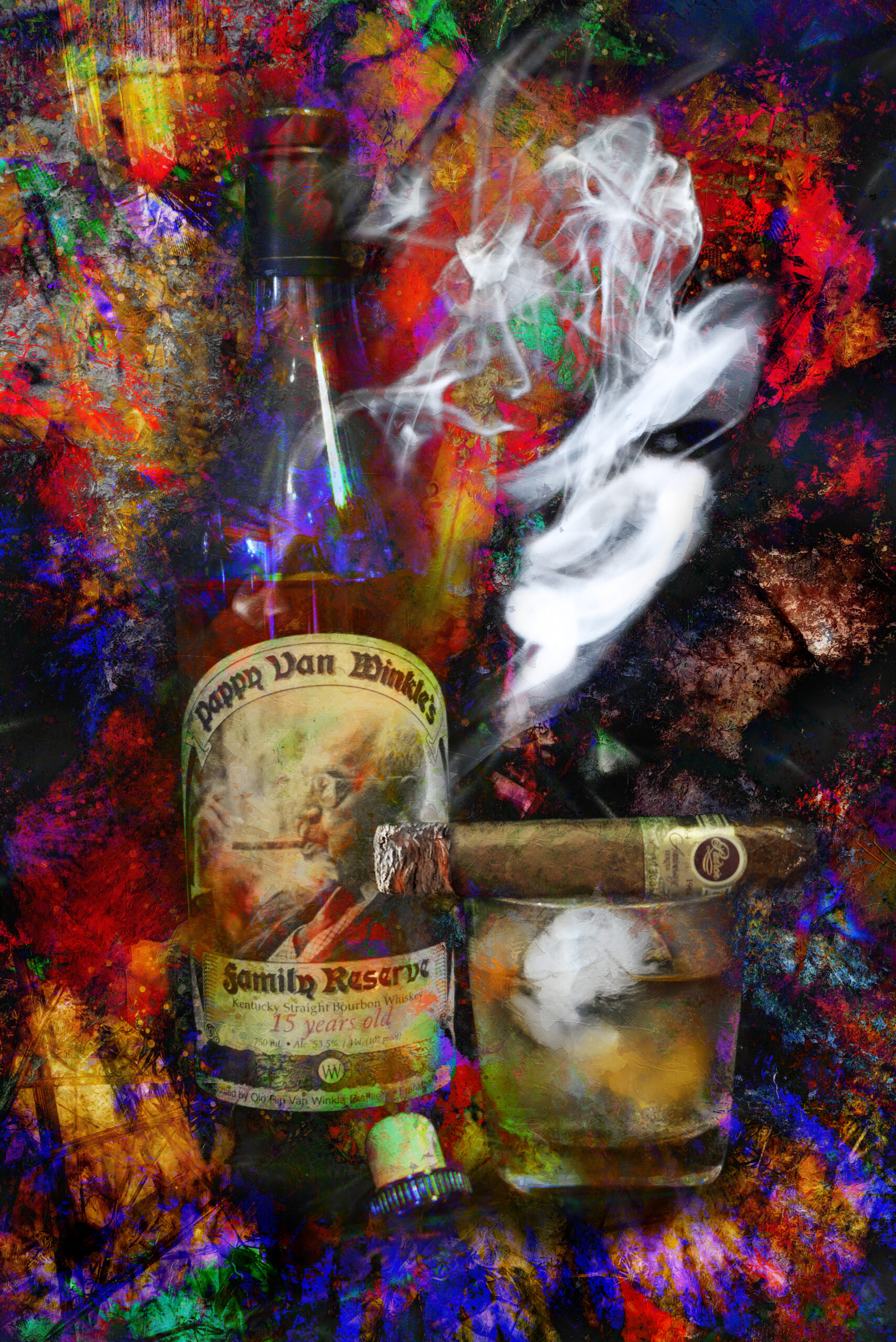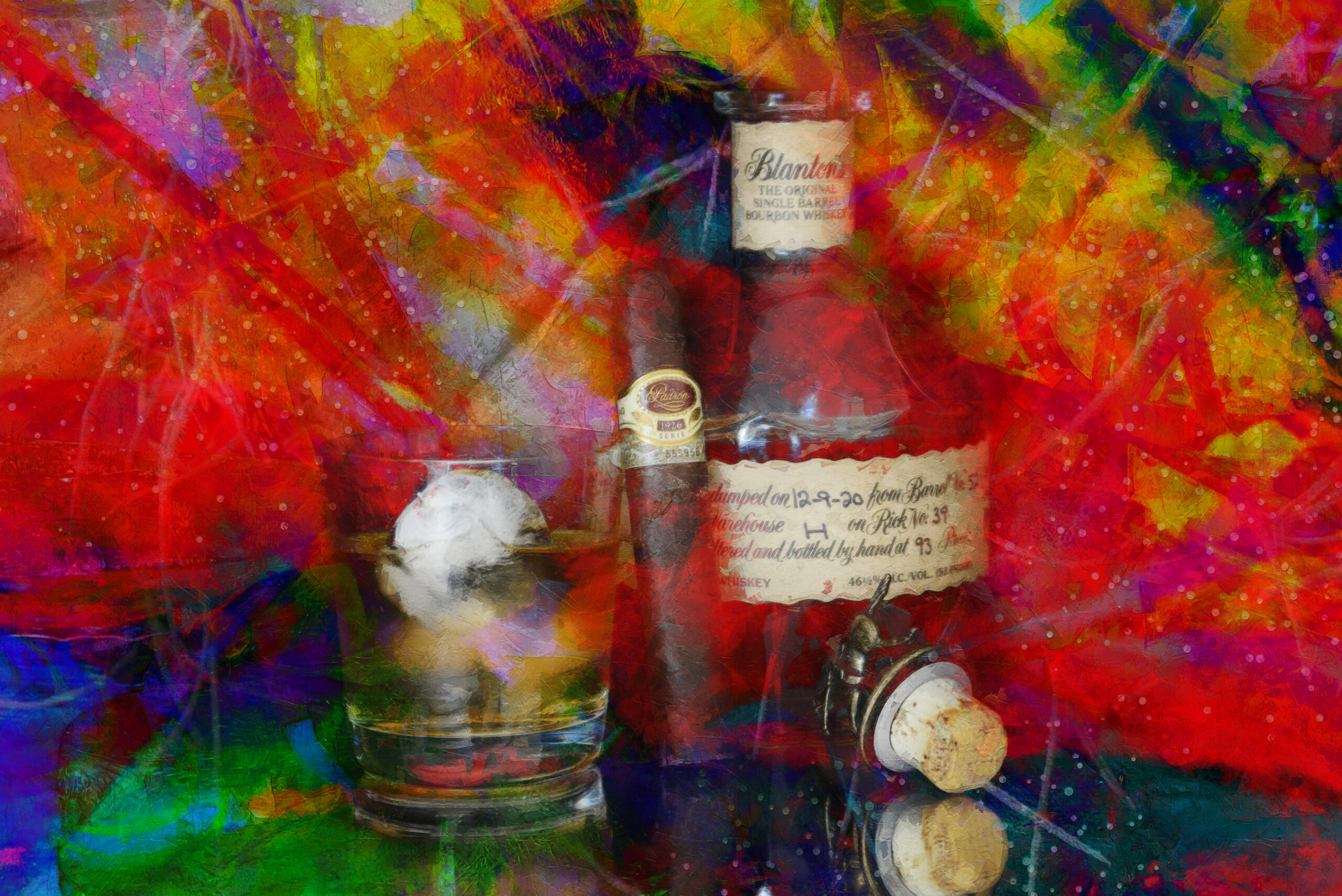Introducing the Beauty of Bourbon Art: A Tribute to Craft Distillers
Introducing the Beauty of Bourbon Art: A Tribute to Craft Distillers
Blog Article
Recording the Essence of Whiskey Art With Unique Aesthetic Representations and Designs
The art of scotch extends past the liquid itself, manifesting with a range of visual representations that encapsulate its storied heritage and workmanship. From the precise design of labels that convey brand narratives to evocative digital photography that captures the spirit's allure, each artistic expression serves to enhance the customer's trip. As the market accepts contemporary fads, the discussion bordering these depictions comes to be significantly rich and complex, hinting at deeper links between culture and creative thinking. What remains to be uncovered is how these developing styles reflect not just the scotch itself but additionally the altering landscape of imaginative analysis.
The History of Whiskey Art

As whiskey manufacturing spread, so also did the need to elevate its experience via art. From the elaborate engravings on very early barrels to the fancy tags of contemporary containers, each component reflects a distinct imaginative vision, working as an aesthetic narrative of the scotch's heritage.
In the 19th and 18th centuries, the increase of the commercial change additionally improved scotch art, causing innovative product packaging and advertising that caught consumer focus. Artists and developers started explore looks, imbuing whiskey-related imagery with symbolic definitions that conveyed notions of tradition, community, and workmanship.
Today, whiskey art continues to develop, mixing traditional methods with modern art forms. Limited Edition. This recurring discussion between the spirit and its graph highlights the long-lasting bond between whiskey and culture, enriching the total experience for enthusiasts worldwide
Iconic Bottle Styles
While lots of variables contribute to the attraction of whiskey, famous container styles play a crucial role fit consumer understanding and boosting the overall experience. The visual discussion of scotch bottles is not simply an aesthetic consideration; it acts as a bridge between the consumer and the product, evoking feelings and establishing expectations.
Unique forms, products, and closures can elevate a whiskey brand name's identification, making it instantly recognizable on jampacked racks. As an example, the classic Glenfiddich container, with its sophisticated tapered shape, shares a feeling of practice and craftsmanship, while the strong, contemporary design of the Balvenie container reflects innovation and sophistication. In addition, using tinted glass or unique appearances can recommend the high quality and character of the whiskey within.
Renowned styles typically integrate aspects of social heritage, symbolizing the brand's history and connection to its roots. Brands like Jack Daniel's use an uncomplicated, durable style that reverberates with its American bourbon heritage. Inevitably, the effect of bottle design prolongs past mere functionality; it encapsulates the significance of the brand name, inviting customers to indulge and explore in the rich tapestry of scotch society.
Tag Art Work and Branding
Bottle layouts typically establish the stage of what consumers can expect, but tag artwork and branding play an equally significant role in interacting a scotch's identity. The label offers as the first point of contact in between the item and the customer, encapsulating the essence of the whiskey within its aesthetic elements.
Reliable label artwork combines typography, imagery, and shade to develop a narrative that resonates with the brand name's heritage and target market. A tag including complex images and classic font styles might evoke a sense of my site practice and craftsmanship, appealing to lovers. On the other hand, strong colors and modern design elements may bring in a more youthful market seeking development and enjoyment.


Digital Photography and Visual Narration
Capturing the essence of bourbon via digital photography and visual storytelling is an art form that raises the brand experience. This tool transcends mere item depiction, diving right into the detailed stories that surround each container. By employing compelling images, professional photographers can evoke feelings that reverberate with consumers, eventually creating a much deeper link to the bourbon brand.
Aesthetic narration in bourbon photography commonly utilizes abundant structures, illumination, and composition to highlight the one-of-a-kind features of the spirit. The interplay of light and shadow can emphasize the amber shades of whiskey, while the choice of background aspects-- such as rustic barrels or sophisticated glass wares-- can strengthen the brand name's heritage or lifestyle organizations.
Moreover, recording the ceremonial aspects of whiskey intake, from the pouring to the sampling, invites visitors into a sensory experience, discover this allowing them to envision the tastes and aromas that await. Each picture not only showcases the product yet likewise narrates of workmanship, custom, and the moments that scotch can improve - Whiskey Art. Thus, photography ends up being an effective tool in expressing the identification of scotch brands, positioning them within the more comprehensive social landscape
Emerging Fads in Scotch Art
The development of bourbon art is increasingly shaped by contemporary patterns that mirror broader societal shifts and consumer preferences. One popular fad is the combination of sustainability into art techniques. Artists are now making use of recycled products and environmentally friendly processes to develop whiskey-themed pieces, reverberating with environmentally aware consumers. This shift not just highlights the relevance of sustainability but additionally enhances the narrative bordering bourbon manufacturing.
Additionally, electronic art has actually risen in appeal, permitting ingenious depictions of bourbon. Artists are leveraging technology to craft immersive experiences, such as augmented fact installments that involve visitors and supply a deeper understanding of scotch's social significance. This pattern also prolongs to social media sites systems, where aesthetically striking material gathers focus and cultivates community among fanatics.
Furthermore, cooperations in between scotch brands and musicians are coming to be much more commonplace. These partnerships generate limited-edition product packaging layouts and exclusive art work that celebrate both the craftsmanship of bourbon and the creative thinking of artists. As scotch art proceeds to progress, these emerging Going Here patterns will most certainly form its future, promoting a vibrant crossway of culture, sustainability, and technology within the scotch area.
Final Thought
In conclusion, the art of bourbon incorporates a varied range of aesthetic representations that reflect its abundant heritage and craftsmanship. From iconic bottle styles and elaborate tag art work to compelling photography, each component contributes to a wider narrative that enhances the customer's experience. As emerging trends, such as electronic art and sustainability, remain to shape this creative landscape, the complex identification of whiskey remains a sustaining source of cultural connection and exploration.

In final thought, the art of scotch includes a diverse selection of visual representations that mirror its abundant heritage and craftsmanship.
Report this page